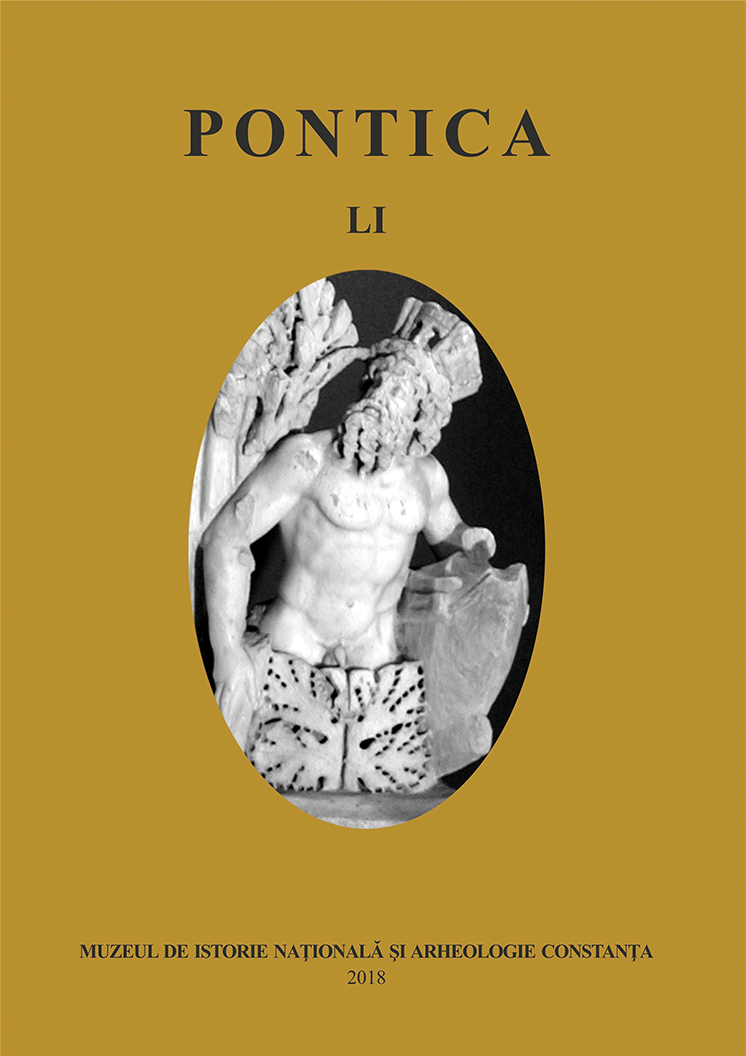Roman Glassware from Korean Peninsula: Silla, Gaya, Baekje from Fourth to Sixth Century A.D. Myth or Reality (I)
Roman Glassware from Korean Peninsula: Silla, Gaya, Baekje from Fourth to Sixth Century A.D. Myth or Reality (I)
Author(s): Bartlomiej Sz. SzmoniewskiSubject(s): History, Anthropology, Social Sciences, Archaeology, Ancient World
Published by: Muzeul de Istorie Națională și Arheologie Constanța
Keywords: Glass; Roman glassware; Silk Road; Korea; Three Kingdoms; Far East;
Summary/Abstract: In the first part of the article, I discuss finds of western origin glassvessels from the Three Kingdoms on the Korean Peninsula. Such glassware has been discovered among the grave goods of the elites of the Kingdom of Silla, and, to the lesserextent, in those of the Gaya Confederation. Several fragments of glassware have also been discovered within the Buddhist temple complex in the territory of Baekje. Glass products have seldom been in the focus of archaeologists researching the issue of relations betweenthe West and the East along the Silk Road. A considerably big number of such finds of glassware related with the Roman glassmaking is a proof that some routes of the Silk Roadextended farther than previously thought- to Korea and even to Japan. It is still an open question, though, if this participation had an active or passive character. A systematicstylistic analysis of glassware, has established that strong links to the Syrian-Palestinian glassmaking existed, and that analogical vessels have also been discovered along the northern coasts of the Black Sea, as well as in Rhineland. Their chemical analyses,surprisingly, have shown that the chemical composition of a part of the vessels (comingfrom the mound no. 98 Hwangnamdaechong - Southern grave) resembles the Sasanianand Central Asian compositions. This fact is even more astonishing as shapes of thevessels mentioned are not related to Sasanian forms but to those from the Late Roman workshops. In several other cases, chemical analyses as well as the formal resemblance,both suggest Roman provenance. The rest of specimens, with a high probability, are Roman imitations produced in Central Asia.Three chronological horizons with glass vessels can be distinguished within the Period of the Three Kingdoms of Korea: 1 - the period starting from the second quarter ofthe fourth century AD; 2 - the horizon covering the fifth and the first half of the sixth century; 3 - the horizon representing the period after the half of the sixth century. Most numerously, glassware was represented in the second of the horizons, prevailingly in therich burials attributed to the rulers of Silla in Gyeongju. Imports of glass vessels to the territories of the Three Kingdoms, Silla and Gaya above all, should be connected with thenomadic ruling dynasties of Northern China, i.e. with the Xianbei tribes, whose burials also contain glassware.
Journal: Pontica
- Issue Year: 2018
- Issue No: 51
- Page Range: 151-189
- Page Count: 39
- Language: English

